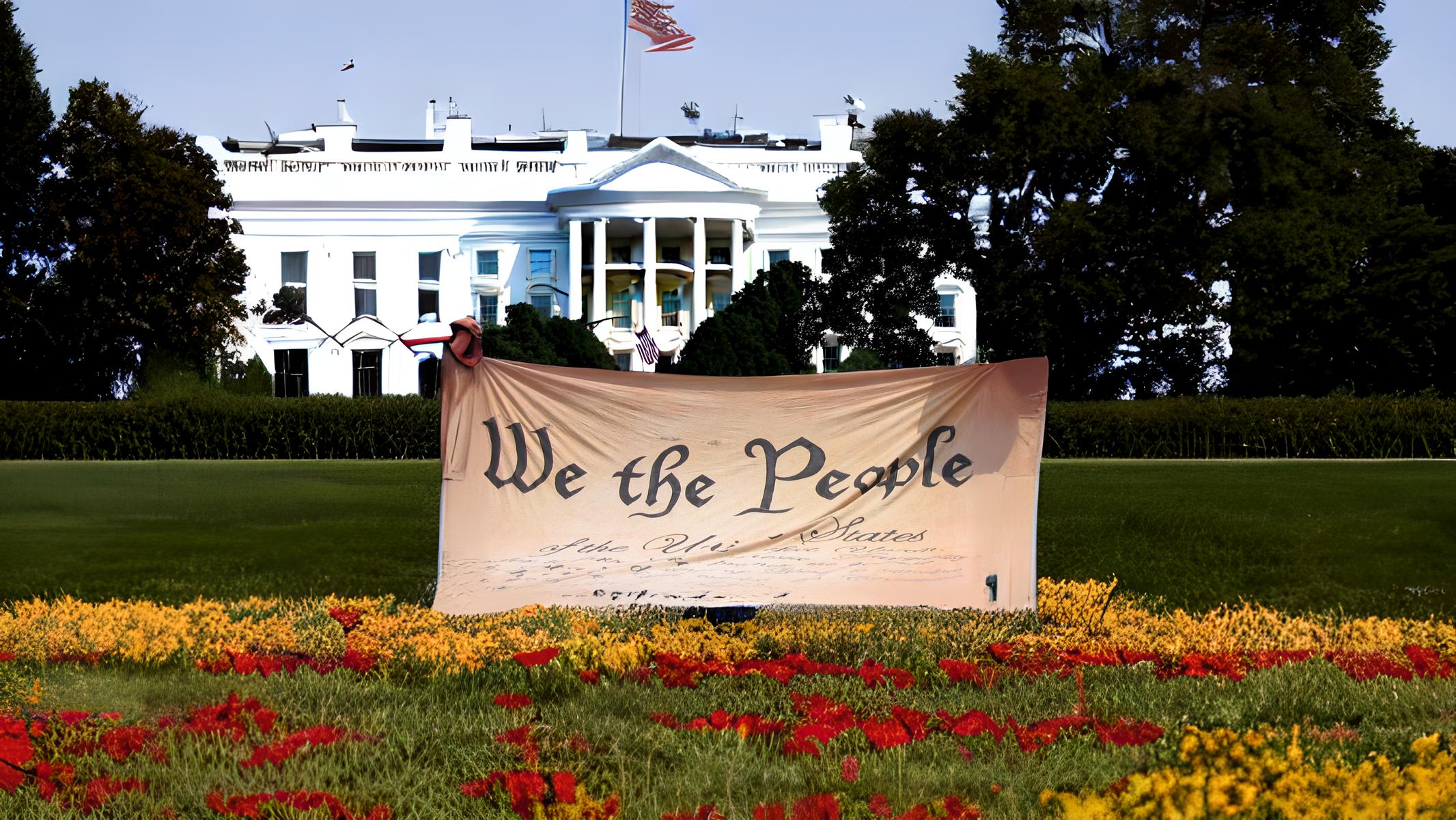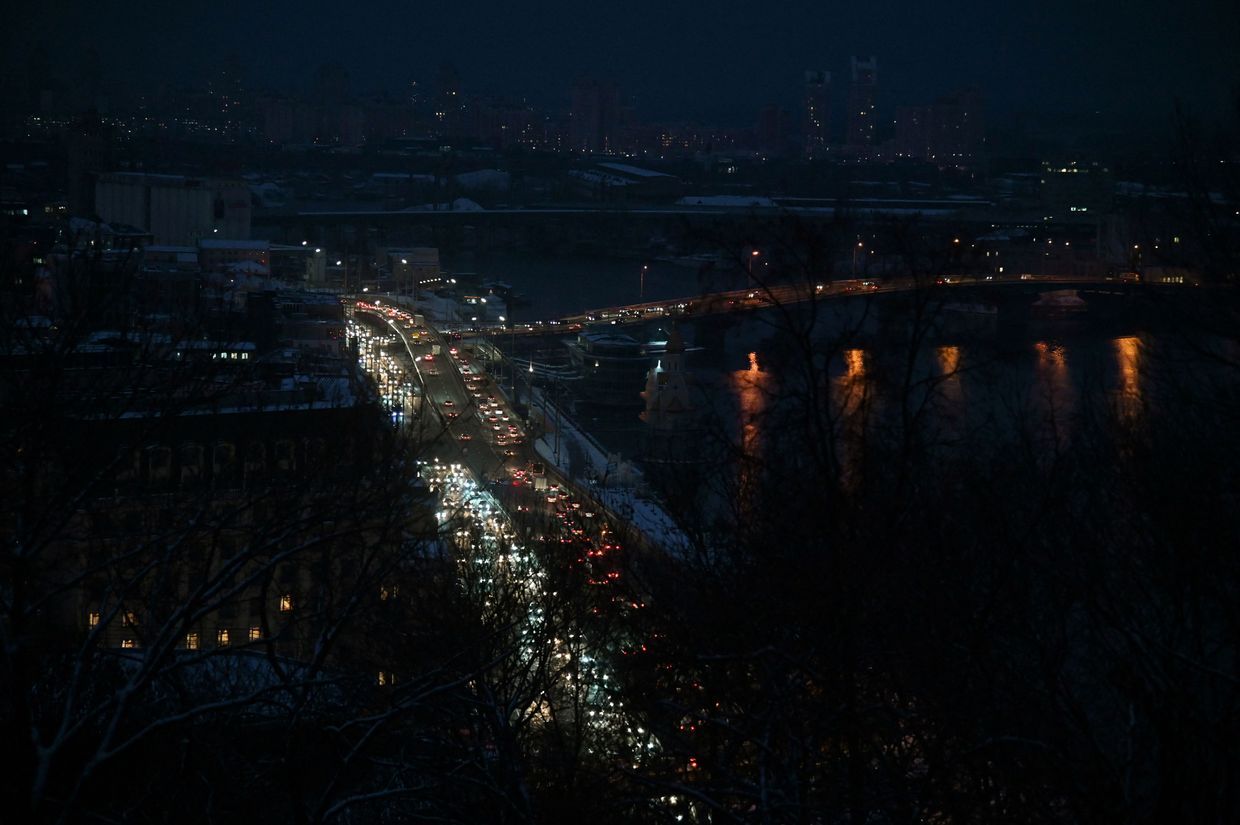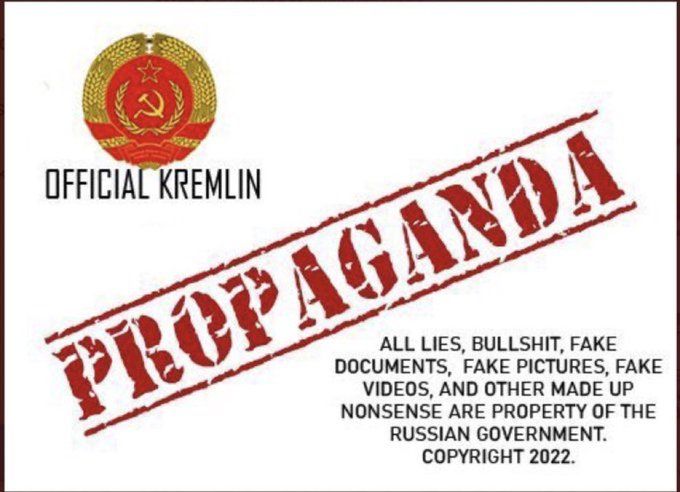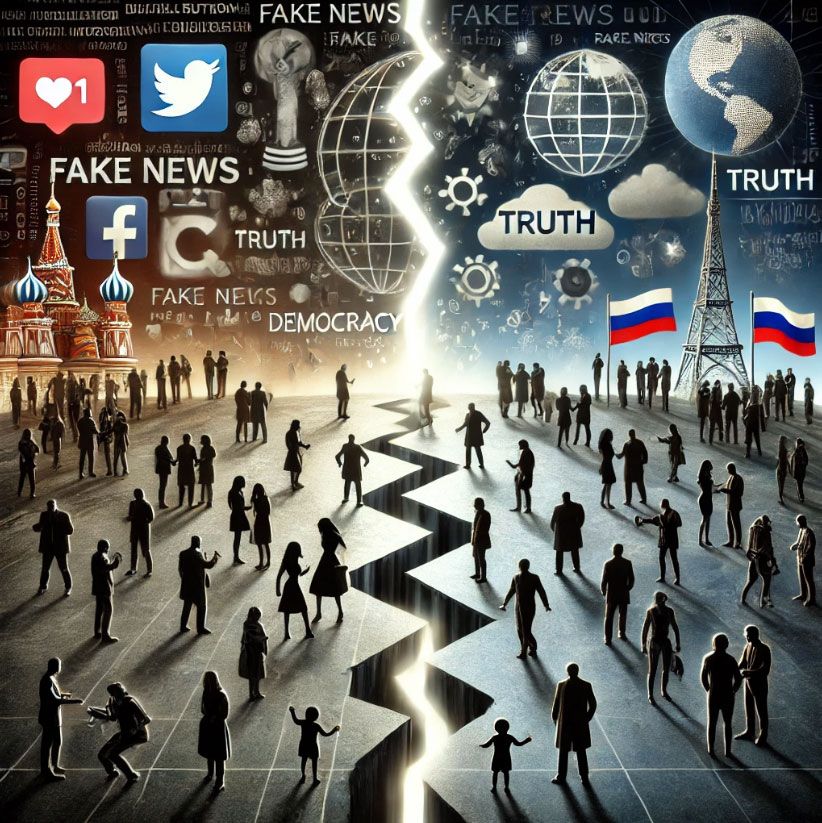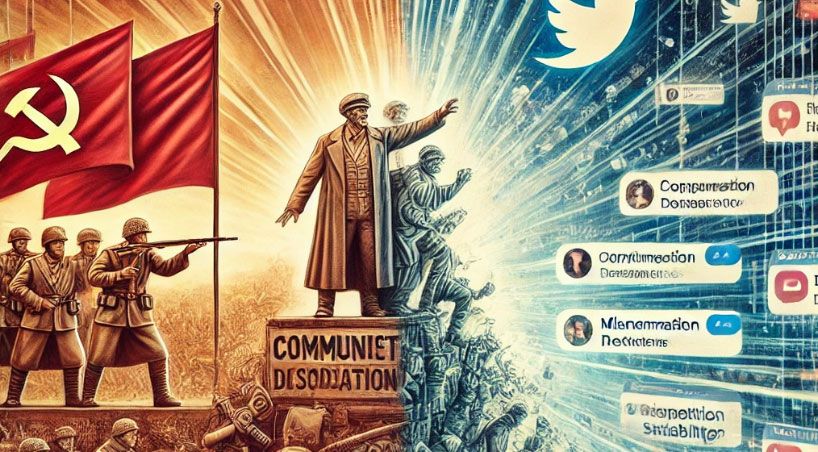Those narratives are crucial to analyse and discuss as Western academia is still predominantly Russo-centric. For decades, Western schools and universities have taught about Ukraine, Georgia, Poland, and other countries from the region through the prism of Russian history and ideology. This mirrors Russian imperial propaganda, which claims Ukraine is a failed state, devoid of a nation, with people who either want to be Russian or are Nazis if they don’t.
This narrative thrives in today’s information space. You see it under tweets from Elon Musk, who has turned ex-Twitter into an echo chamber and a platform for Russian propaganda, amplifying voices that perpetuate these ideas. I’ve encountered it firsthand as well. In 2023, while speaking at a small event in London about the forcible deportation of Ukrainians to Russia, a woman was fixated on one question, “What are you going to do with all the Russians who moved to the occupied territories?” She seemed unconcerned about abducted Ukrainian children and focused only on whether Russian adults, who had knowingly moved into stolen homes, would be “punished”.
In the 1990s, Bulgarian scholar Maria Todorova introduced the concept of “balkanism”, describing how the Balkans are portrayed as Europe’s perpetual “other”. Czech intellectual Milan Kundera addressed similar themes in his essay A Kidnapped West, where he highlighted how Central European nations, like Poland and Hungary, were marginalized despite their contributions to European values. While he didn’t explicitly use the term “decolonisation”, his argument reflects it: these nations were deprived of cultural independence under Russian influence, yet they remain underrecognized and are still often viewed through a Russian lens.
Even earlier, in the 1950s, Polish intellectual Czesław Miłosz raised concerns about how Central and Eastern Europe were perceived. This colonial framing of our region — and Ukraine in particular — still affects how our stories are told, whose lives are valued, and whose voices are heard. Decolonising this perspective is not just a matter of historical justice; it’s essential for understanding the present and shaping a more equitable future.
Let’s explore five historical core pillars of Russian imperial propaganda and their role in shaping today’s narratives.
1. Kyivan Rus: Russia’s false origin story
One of the Kremlin’s oldest and most powerful myths is its claim to the legacy of Kyivan Rus, a medieval state that originated in Kyiv in the 9th century. At its height, Kyivan Rus was a political and cultural powerhouse, encompassing territories now part of Ukraine and western Russia. Kyiv earned its title “mother of Ruthenian cities”, underscoring its role as the state’s undisputed centre.
When Muscovy rebranded itself as “Russia” in 1721, it wasn’t just a name change — it was an attempt to hijack the legacy of Rus. As Ukrainian historians Vladyslav Havrylov and Anastasiia Saienko write in the report on the historical context of Russian propaganda, Russian court historians introduced the term “Kyivan Rus” in the 19th century to suggest continuity between the medieval state and the Russian Empire. However, medieval chronicles never used this term because Rus was inherently Kyivan.
This narrative persists today. By claiming Kyivan Rus as its own, Moscow seeks to undermine Ukraine’s historical and political legitimacy while painting Russia as the natural successor to this medieval state.
2. Christianity: Misusing faith to expand power
Christianity plays a central role in Russia’s imperial narrative. Moscow frequently portrays itself as the protector of Orthodox Christianity, framing its actions as a divine mission to safeguard shared spiritual heritage.
But the truth is more complex. Christianity came to Kyivan Rus in 988-989, long before Moscow even existed. Prince Volodymyr the Great converted Rus to Christianity, establishing Kyiv as the spiritual center of Eastern Europe. The Metropolitanate of Kyiv was directly under the jurisdiction of Constantinople, not Moscow, which wouldn’t emerge for another five centuries.
Russia appropriates this history to claim religious authority over the region, insisting that Eastern and Central Europe belongs to its “canonical territory”. Putin himself perpetuates this myth, calling Christianity “a powerful unifying force” that allegedly laid the foundation for the Russian nation. Meanwhile, the Russian Orthodox Church actively supports the Kremlin’s propaganda and military efforts, even aiding in the deportation of Ukrainians from occupied territories.
3. The Pereiaslav Accords: A misrepresented alliance
The Pereiaslav Accords of 1654 are a cornerstone of Russian propaganda. It was signed by Bohdan Khmelnytsky, leader of the Ukrainian Kozaks and a complex historical figure whose actions led to suffering and deaths of many Ukrainian Jews and Poles. He sought alliances to protect the Hetmanate — a Ukrainian Kozak state — and signed a military agreement with Moscow to counter Polish threats. Ukrainians saw this as a temporary partnership, but Russia rebranded it as an act of “eternal unity”.
Over time, this narrative became central to Russian imperial mythology. By the late 18th century, Moscow used the alliance as a pretext to annex Ukrainian territories, abolishing the Hetmanate and the Zaporizhzhia Sich by 1775. Soviet historians later amplified this myth, portraying the Pereiaslav Accords as a “reunification” of fraternal nations, downplaying Ukraine’s distinct identity.
Putin continues to exploit this myth, referring to the agreement as proof of a shared heritage that justifies modern Russian dominance. His 2021 article “On the Historical Unity of Russians and Ukrainians” frames Ukraine’s independence as an error in need of correction — a narrative used to legitimize Russia’s aggression.
4. The Soviet Union: An empire in disguise
The Soviet Union is often romanticised as a voluntary union of equal nations, but the reality was starkly different. After Ukraine declared independence in 1918, it fought fiercely to establish the Ukrainian People’s Republic. Ukrainians did not willingly accept the Bolsheviks, didn’t vote for them and experienced widespread uprisings against their rule. However, lacking external support, Ukraine was ultimately occupied by Bolshevik forces and absorbed into the Soviet Union.
Under Soviet rule, Ukraine endured forced deportations, cultural erasure, and acts of genocide, most notably the Holodomor, a famine engineered by Stalin that killed millions. Moscow’s policies targeted Ukrainian identity, treating its diverse population — including Jews, Crimean Tatars, and other minorities — as threats to Russian dominance.
Western academia often overlooks the colonial nature of Soviet rule, framing it as a dictatorship that oppressed “its people”. But the Soviet Union was, at its core, a Russian imperial project. This selective narrative allows Russia to gloss over the Soviet Union’s role as a colonial oppressor, perpetuating myths that downplay its exploitation of Ukraine and other nations.
5. World War II: Twisting history into propaganda
The myth of Russia as the ultimate victor of World War II is perhaps its most enduring narrative. While Russian soldiers undoubtedly made sacrifices, this overshadows the contributions of other nations, especially Ukraine. Unlike Russia, where only 3% of modern territory was occupied, all of Ukraine was under Nazi control during the war.
The Kremlin uses this narrative to frame modern armed conflicts, such as the war in Ukraine, as a continuation of the fight against “Nazism”. Victory Day on May 9, dramatically reinforced during Putin’s presidency, has become a propaganda tool to glorify Russian militarism. Campaigns like the “Immortal Regiment” and symbols like the St. George’s Ribbon link the Soviet victory to Russia’s current military actions, fostering a narrative of heroic liberation.
In reality, Ukraine played a pivotal role in the war and endured full-scale Nazi occupation. As French philosopher and journalist Bernard-Henri Lévy said on my Decolonisation podcast, Auschwitz was liberated by a Ukrainian unit, a fact he emphasizes as crucial to understanding the war’s history. Putin’s propaganda, however, seeks to erase Ukraine’s contributions and shift the spotlight entirely onto Russia, furthering its claims to dominance in the region.
Conclusion: Challenging the myths
The five pillars of Russian historical propaganda — Kyivan Rus, Christianity, the Pereiaslav Accords, the Soviet Union, and World War II — serve as the foundation for Moscow’s imperial ambitions. These myths aren’t just relics of the past; they shape today’s disinformation campaigns aimed at justifying Russia’s aggression.
By exposing and dismantling these falsehoods, we can better understand the history of Central and Eastern Europe and stand against Russian attempts to rewrite it. Supporting Ukraine in reclaiming its history is essential not only for countering disinformation but also for defending the future of a free and sovereign Europe.
The post Five historical pillars of Russian imperial propaganda appeared first on EUvsDisinfo.
Content Original Link:
https://euvsdisinfo.eu/five-historical-pillars-of-russian-imperial-propaganda/


